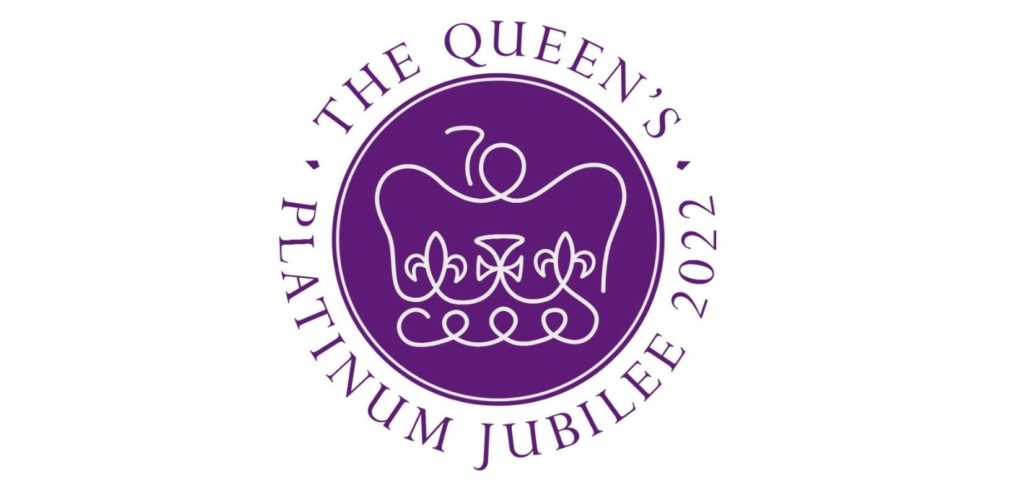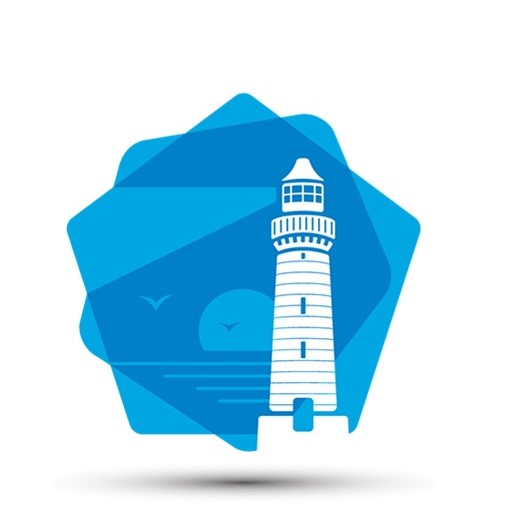Historical Walking Tour
Tuesdays 7th, 14th, 21st and 28th at 10am
Walks guided by Donaghadee Local History Forum. Tours are free, just turn up at the harbour entrance. Tours include the Camera Obscura, last 3 hours but leave at any time

Related Articles
Contact Us
